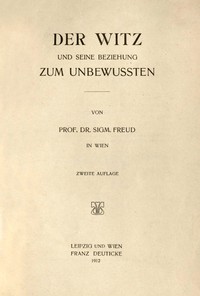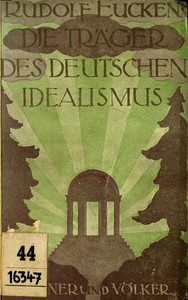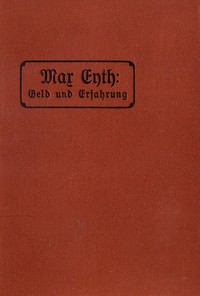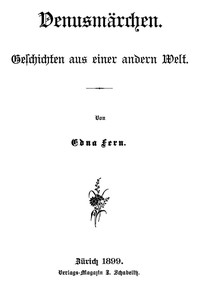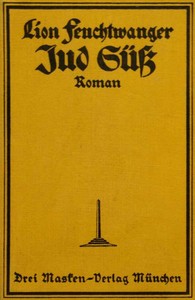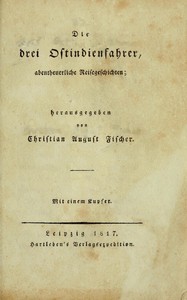Der Witz und seine Beziehung zum Unbewußten by Sigmund Freud
(0 User reviews)
11
Freud, Sigmund, 1856-1939
German
"Der Witz und seine Beziehung zum Unbewußten" by Sigmund Freud is a psychoanalytic treatise written in the early 20th century. The work explores how jokes operate, why they please, and how their linguistic form reveals unconscious processes, connecting wit to the comic, dreams, and social interaction. It proposes a systematic account of joke techni...
editorial preliminaries and a contents outline into an introduction that surveys philosophers’ scattered theories of wit versus the broader comic. Freud reviews themes from Jean Paul, Vischer, Kuno Fischer, and Lipps—playful judgment, pairing the unlike, contrasts, “sense in nonsense,” surprise and illumination, brevity, and uncovering the hidden—arguing these are insightful but unsystematic. He then begins his analytic program by unpacking Heine’s “famillionär,” showing that the joke’s force lies in expression through linguistic condensation and blend-words, not in the bare thought. From this he sketches a typology: condensation with composite formation or slight modification; reuse of the same verbal material by splitting, reordering, or minimal change; and double meanings (names vs. things, literal vs. metaphorical, full puns, sexual ambiguity, allusion), illustrating each with examples and briefly linking these mechanisms to dream-work and to a general tendency toward economy of expression, before noting the lowly “calembour” as a contrasting case. (This is an automatically generated summary.)
There are no reviews for this eBook.
There are no comments for this eBook.
You must log in to post a comment.
Log in

